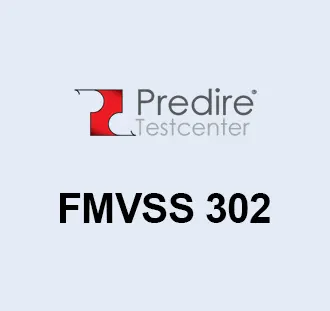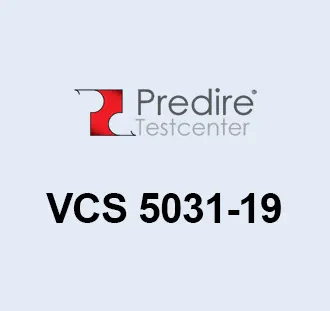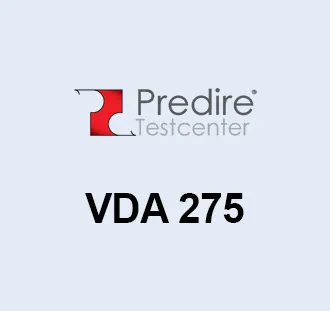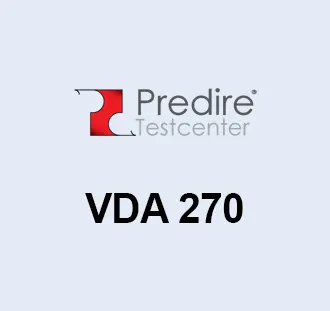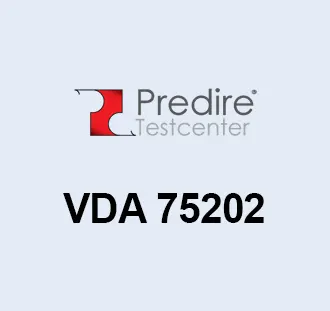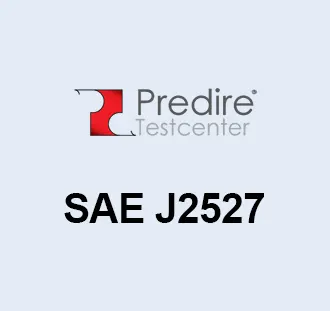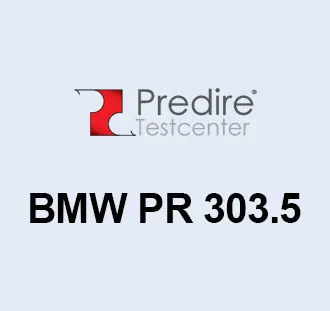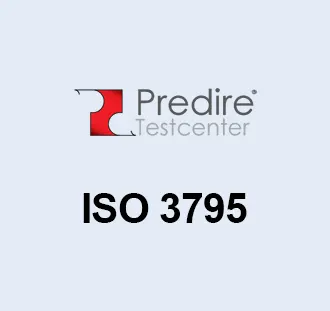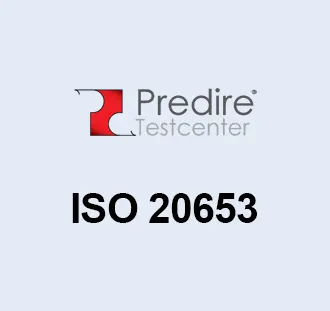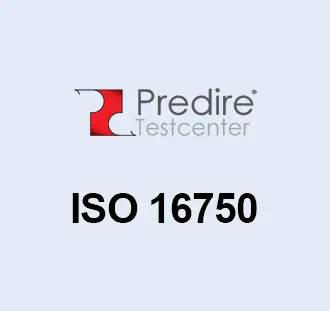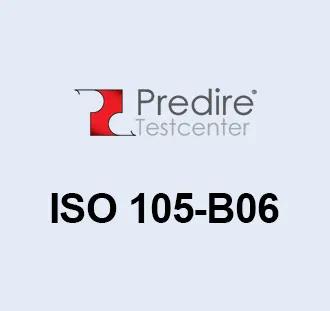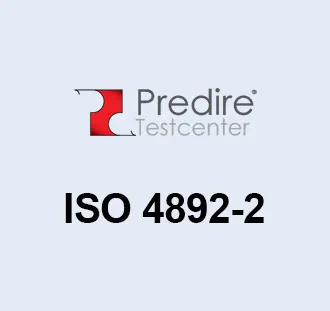IEC 60529: Degrees of Protection Provided by Enclosures (IP Code)
Overview and Purpose
IEC 60529 specifies an international classification system for the degrees of protection provided by the enclosures of electrical equipment. Known as the Ingress Protection (IP) code, this standard defines levels of protection against the intrusion of solid objects (including body parts like fingers), dust, accidental contact, and water. The IP code is essential for manufacturers, designers, and users of electrical equipment, providing a clear and concise method to describe the product’s protection level.
How the Classification System Works
- IP Code Format: The IP code consists of the letters “IP” followed by two digits. The first digit indicates the level of protection against solid objects and dust, and the second digit represents the level of protection against liquids. Higher numbers indicate greater protection.
- Testing Procedures: The standard outlines specific testing procedures to verify the level of protection offered by an enclosure. These tests involve exposing the enclosure to varying conditions, such as dust and water immersion, to ensure it meets the specified protection levels.
- Certification: Products that have been tested and meet the requirements of IEC 60529 can be marked with their IP rating, providing a reliable indicator of the product’s protection level against environmental conditions.
Purpose of the Standard
- Safety and Reliability: Ensures electrical equipment is safe to use and can operate reliably under the environmental conditions for which it was designed.
- Design Guidance: Provides manufacturers and designers with a clear framework for designing enclosures that protect against specific environmental conditions.
- Consumer Confidence: Gives consumers and businesses a way to assess the suitability of electrical equipment for various applications based on its IP rating.
Head Office
Privacy policy and cookies
Click here to present our privacy policy and explains how we use cookies on this website

